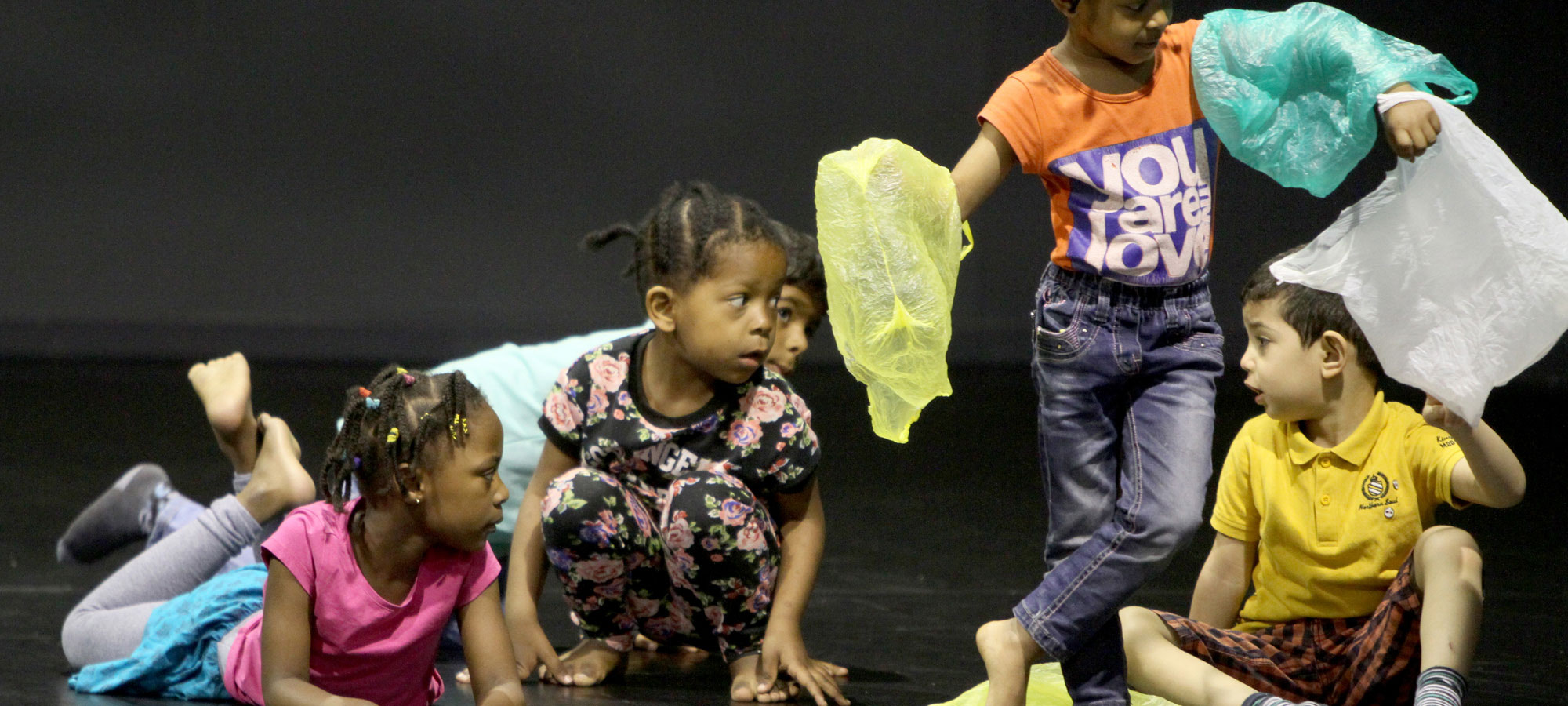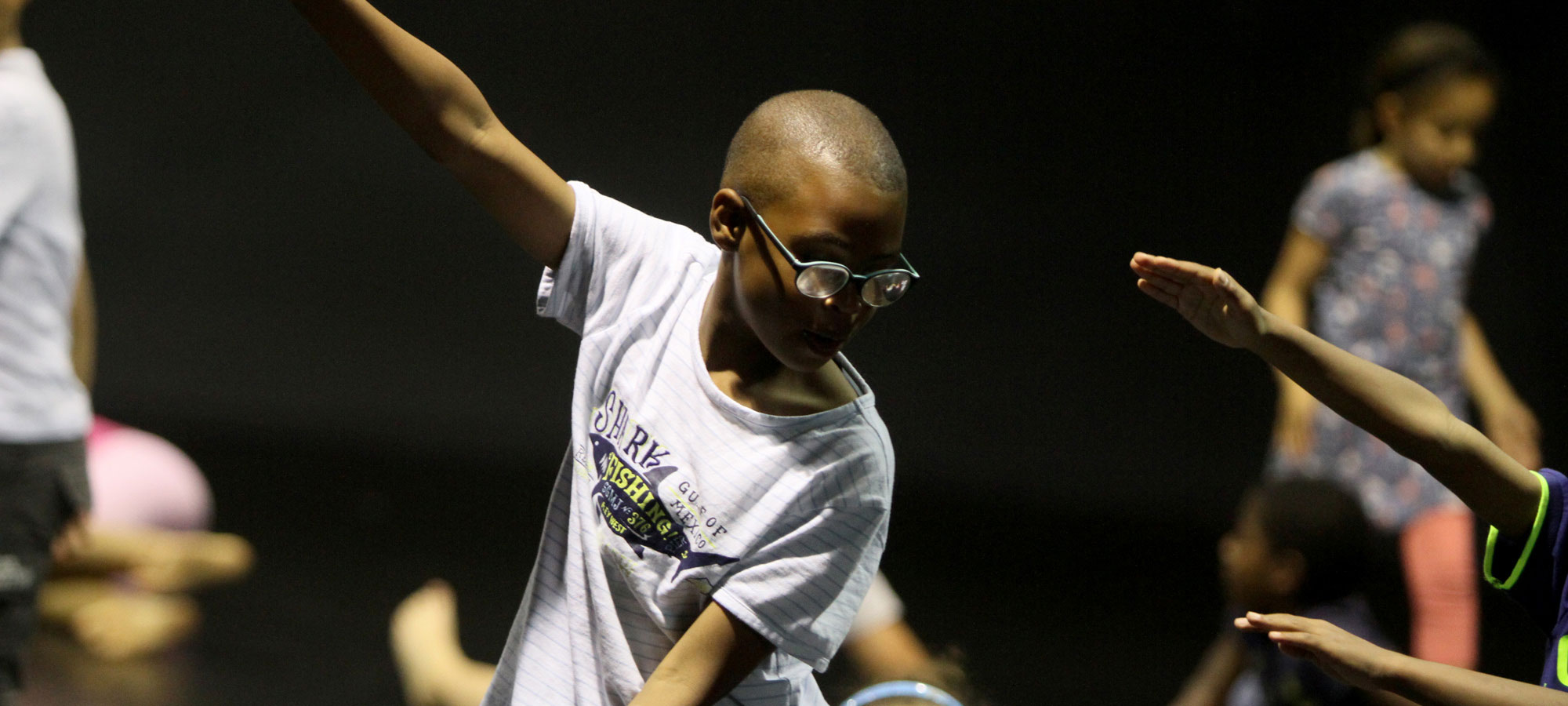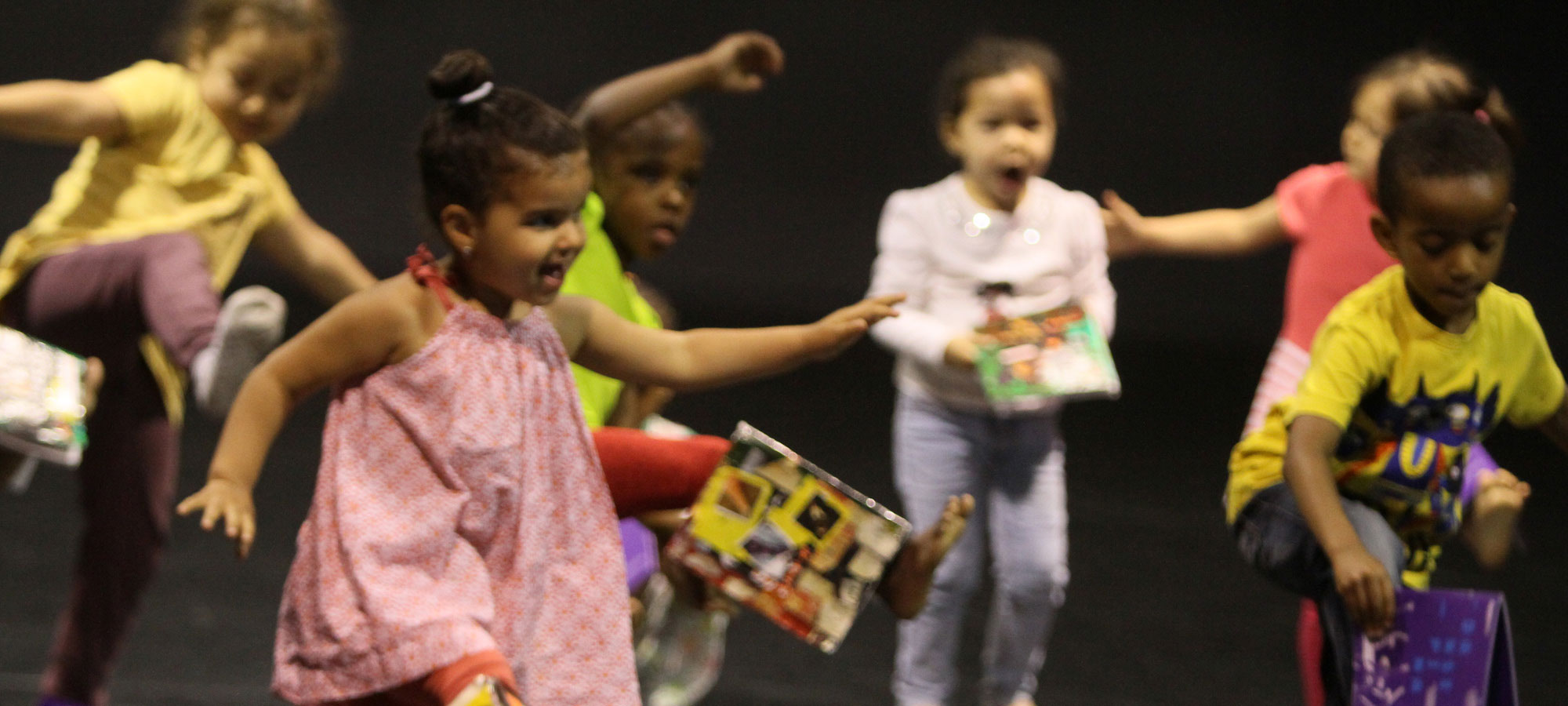
- Home
- Artistic sharing
- Educadanse
Educadanse
SHARING ARTISTIC EDUCATION
It’s a journey from kindergarten to university.
There are more than 15 school years involved.
There are nearly 300 hours of practical workshops.
There are 7 partner schools.
There are 10 dancers-smugglers, ambassadors of dance in school environments.
There are 400 children, multiplied by their families and their schools, who evolve through contact with the art of dance.
In and around Marseille, Kelemenis&cie offers a program where dance practice, outings to shows, encounters with artists and discussions around cultural professions and how they are implemented intersect in a broad multidisciplinary approach to dance culture and to issues related to artistic creation.
From kindergarten to university, depending on the age and the proficiency level of the children, teenagers or young adults, an ideal curriculum takes shape. A person can actually move from class to class while learning about dance and dance culture related to these varied instructional approaches.
At the age when children learn reading and writing in kindergarten and primary school, Kelemenis&cie opens the door to body language and the distinction between natural movements and the art of dance.
Beginning in secondary school, beyond making propositions to students, it’s now up to them to make the decision and take the initiative to register. In 6th grade, during the Adjusted Class Hours for Dance, cross-pollination between different instructional approaches happens continuously during dance practice. Artistic creation is integrated into the school’s curriculum opening it up to the entire city. Classes attend several performances during the school year and visit the opera and its crew, national theaters, choreographic centers and various other theaters in the city and its surroundings.
In high school, students can choose to specialize in dance and make this an asset for getting their diploma. In-depth study of major works, an introduction to choreographic writing, the analysis of performances seen, and of course the discovery of different technical approaches all build their choreographic culture.
Integrated into schools, Educadanse actions spring from issues related to artistic creation and because of that remains open to the outside world. During school hours and also after school, this principle of openness allows parents to get involved with the different programs: practical workshops and invitations to performances for both parents and children, visits to cultural venues and meetings with their crews, artist encounters, etc.
Finally, when it comes time to choose a career path, university students specializing in cultural professions have a good understanding, through the Dance Center in Residence, of core elements regarding the process of elaborating and constructing a choreographic work, in addition to the multiplicity of professions resulting from the creative act: artists, technical trades, administrators and communications specialists, etc.
Once the studies are completed, it becomes apparent how this introduction of cultural professions into the curriculum underscores the priority given to opening up and developing a life in choreography, which goes beyond any desire of making these "restless ones" future professional dancers. That’s why the work done throughout the year, which was nourished by the various encounters and performances attended, is reviewed by way of a year-end show.
It is the process that is emphasized.




